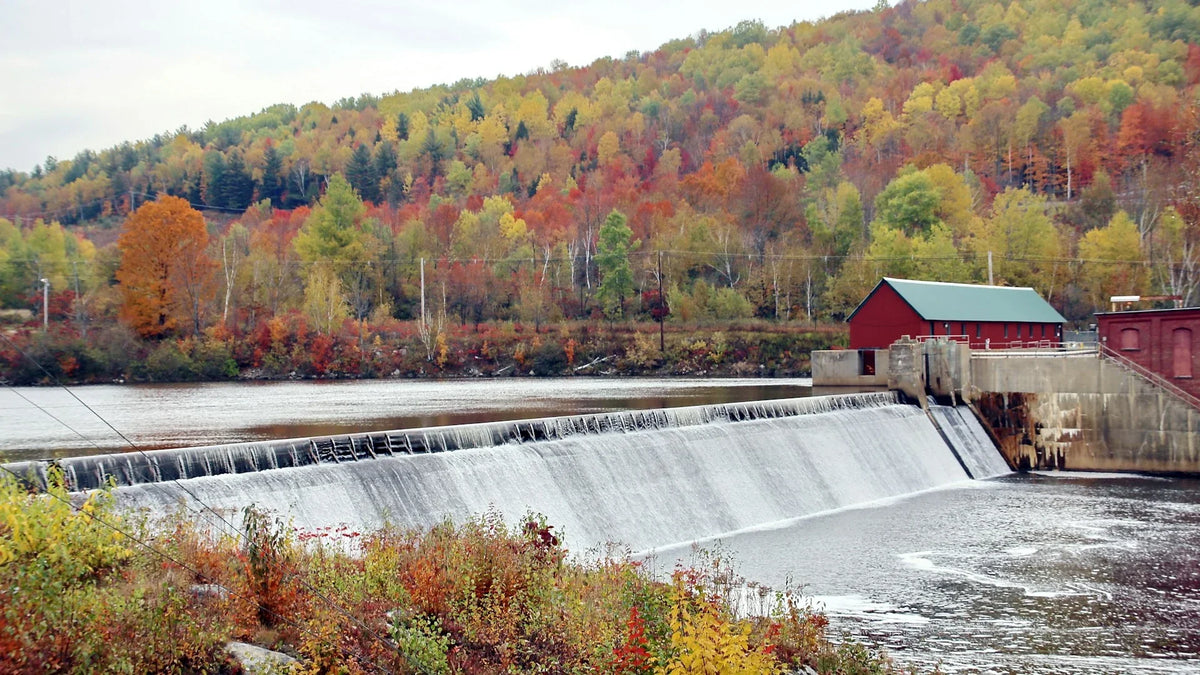Planning an eco-friendly garden doesn’t require vast land or expensive materials just smart choices and the right tools. On Friendly Turtle’s EcoBlog, we explore how digital tools like GardenBox 3D help visualise layouts, test sustainable planting schemes, and reduce resource waste. By understanding your microclimate, choosing native plants, and using compost and recycled materials, you can build a self-sustaining garden that supports biodiversity and thrives over time. Rainwater harvesting, natural mulching, and zone planning help reduce water use and effort. Even the smallest garden can be transformed into a low-maintenance, eco-conscious space that benefits you and the planet. With careful preparation and thoughtful design, your outdoor area becomes not only greener but also more enjoyable, season after season.
Share your articles with us and get published! Reach out at hello@friendlyturtle.com.
How to Provide Environmental Protection With Sustainable Forest and Land Management

Over the past couple of years, it seems as if the world has finally taken climate change seriously and is continuously trying to find different ways to combat it. Several tools can be used for these purposes, and one of them is sustainable forestry and land management.
Both of them play an integral role in fighting against climate change, ensuring that generations that come after us live in a healthy and safe environment. Unfortunately, the number of forests is in constant decrease, for numerous reasons.
However, if people begin implementing both of these methods more, then there’s a chance we just might be able to preserve our nature. If you aren’t too familiar with any of these practices, then keep reading to learn more about them!
What Can Be Said About Sustainable Forestry?
To put it simply, it means managing forests in a way that will ensure they are always healthy and useful to the local communities, and society, in general. People today utilize forests to gather berries, harvest timber, collect herbs, and honey, connecting with nature in various ways. This just goes to show how beneficial forests (along with their resources) are for the world and our overall well-being.
Furthermore, sustainable forestry methods are here to safeguard and maintain the following:
- Wildlife habitats and endangered species
- Biodiversity of flora and fauna
- Soil health, fungal diversity, and watershed
- Regions of spiritual and cultural importance
Those who want to meet all the above-mentioned objectives (concerning sustainable forestry) must include these measures:
- Harvesting wood and many other products
- Hunting and pest management
- Recreational and educational activities
- Agroforestry activities
- Active management of fire and tree species composition
What About Land Management?
Sustainable land management can be defined as a strategy that has the goal of managing land resources that balance social, economic, and environmental considerations to accommodate the needs of current and future generations.
It encompasses various tools and practices that maintain and boost the productive capacity of land, while, simultaneously, safeguarding and enhancing its natural resources, like water, soil, and biodiversity.
This entire concept is designed to define land as a finite resource and that its use should never endanger the ability of future generations to employ it. Its goal is to utilize land resources to boost economic growth, environmental sustainability, and social well-being.
In order to achieve this, the relationship between urban development and various land uses must be considered, along with the impact of people on the environment. Speaking of land management, nowadays, lots of people resort to premium forestry mulcher service, because the integration of forestry mulching into land management practices perfectly aligns with ecological and sustainable objectives. All of this leads to a decreased risk of wildfires, and, concurrently, promotes healthier forests, and the environment, in general.
What Determines The Quality Of The Land?
The biophysical elements of sustainable land management are pivotal to having fertile and healthy soil. Core land quality indicators are normally employed to properly assess and supervise the overall health and productivity of the land.
These indicators are very crucial because they offer valuable insight into the condition of the environment, and, at the same time, help uncover regions where management practices must be boosted to ensure long-term sustainability.
The core land quality indicators for ecosystems, like forestry and agriculture in various agro-ecological zones, include the following:
1- Nutrient balance – This indicator depicts different flows and stocks regarding land-management systems farmers utilize in certain agroecological regions and countries. With it, you can properly maintain nutrient balance, and, simultaneously, prevent the pollution and/or depletion of soil nutrients.
2- Land use intensity – This indicator is here to depict the influence of agricultural intensification on land quality. What does intensification mean? It refers to different implementing activities to improve profitability and productivity per a single unit of land area. Furthermore, it may include increased cropping, increased amounts of inputs, and more value-added production.
3- Yield trends and yield gaps – This one describes the existing yields, the ratio of actual to potential yield, and the latest yield trends. With it, you can identify the regions where crop yields can be enhanced.
4- Land cover – It depicts the extent, timing, and duration of vegetative cover on land during serious erosive periods that occurred within one year. Moreover, it increased the comprehension of any problems that are related to desertification.
Is Sustainable Forestry Any Different From Any Other Practices?
There are various forest management methods that can be defined as effective, however, it’s safe to say that sustainable forestry is different from all of the methods that have been used before to safeguard the environment.
Although it can be pretty challenging to easily define sustainable forestry (and all the good things that come with it), frequently, it’s all about how the owner of the forest decides to manage and maintain their land.
Back in the day, a practice, widely known as clear-cutting was massively utilized, however, its drawback is the fact that it leaves wide open regions that make it extremely challenging for the forest to quickly heal and recover from.
On the other hand, the situation is pretty different from that of sustainable forestry. Namely, in these instances, only certain trees are cut, which means that clear-cutting is never implemented, which is a great thing because it gives the forest the opportunity to gradually regrow, along with its biodiversity and natural habitats.
The whole point is to employ different tree types and sizes, in order to prevent forests from turning into monocultures.
How Does Sustainable Forestry Benefit Our Environment?
There are numerous ecological benefits of sustainable forestry that do not only positively affect the forests, but the entire environmental system.

- Biodiversity conservation – This method preserves various life forms that can be seen within forest ecosystems by maintaining ecological processes and natural habitats.
- Soil protection – By preventing deforestation, and decreasing clear-cut logging strategies, this practice prevents soil degradation and erosion.
- Water regulation
- Carbon sequestration
Both of these above-mentioned approaches are here to meet the current needs (regarding the environment), and, concurrently, make sure nothing jeopardizes the future, which can only lead to healthy and productive forests.
0 comments
Let customers speak for us
Blog posts
At Friendly Turtle EcoBlog, we explore how enhanced subsea pipeline inspection is transforming ocean safety. With offshore oil and gas infrastructure expanding, ensuring pipeline integrity is crucial. Many pipelines are now unpiggable, requiring specialised external inspection methods powered by advanced technologies like ultrasonic systems and predictive modelling. These innovations reduce risks, protect marine ecosystems, and limit human exposure to harsh ocean environments. Improved reporting and global data sharing have also helped prevent accidents and foster safer working conditions. Embracing such sustainable practices in subsea maintenance not only safeguards lives but supports long-term environmental responsibility.
Designing a functional and stylish kitchen doesn’t have to come at the planet’s expense. At Friendly Turtle EcoBlog, we believe that using eco-friendly materials is a meaningful way to create a beautiful, healthy space while minimising environmental harm. From durable and flexible bamboo cabinetry to toxin-free natural wood that enhances both aesthetics and indoor air quality, sustainable choices elevate kitchen design in every sense. Recycled materials offer surprising strength and affordability, proving that green design can be budget-friendly. For flooring, marmoleum stands out fully biodegradable and available in vibrant colours to bring natural warmth to your kitchen. These conscious materials support healthier living, reduce waste, and bring calming, nature-inspired beauty to one of the most important rooms in your home. By choosing eco-smart alternatives, you’re investing in long-lasting comfort, sustainability, and timeless design. Explore more on the Friendly Turtle EcoBlog and start your low-impact kitchen transformation today.



